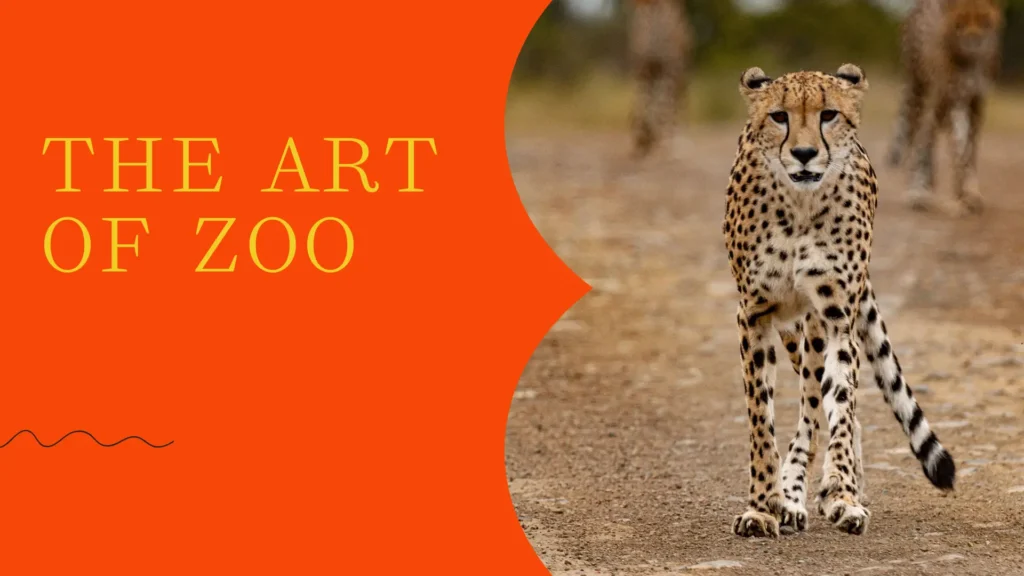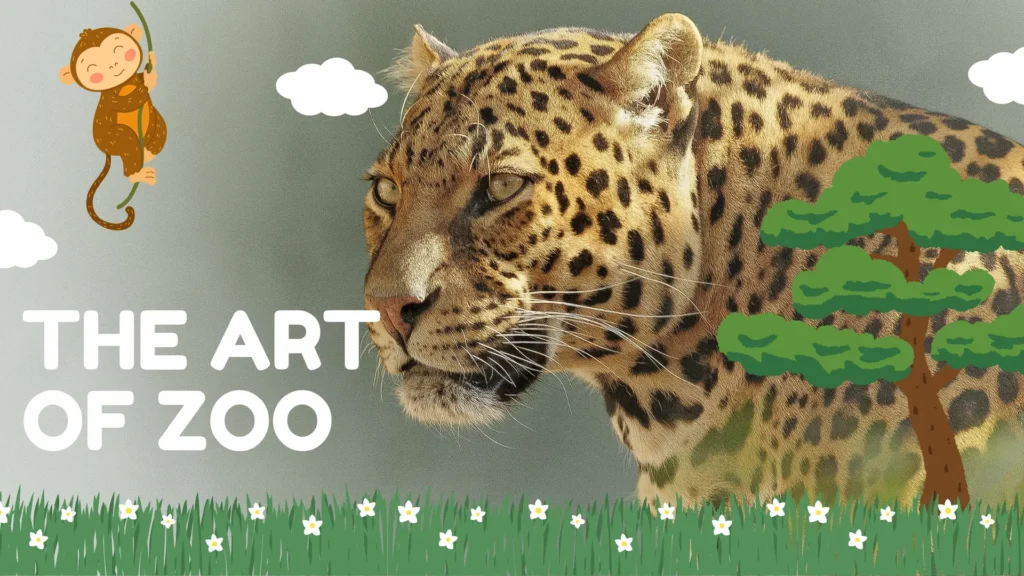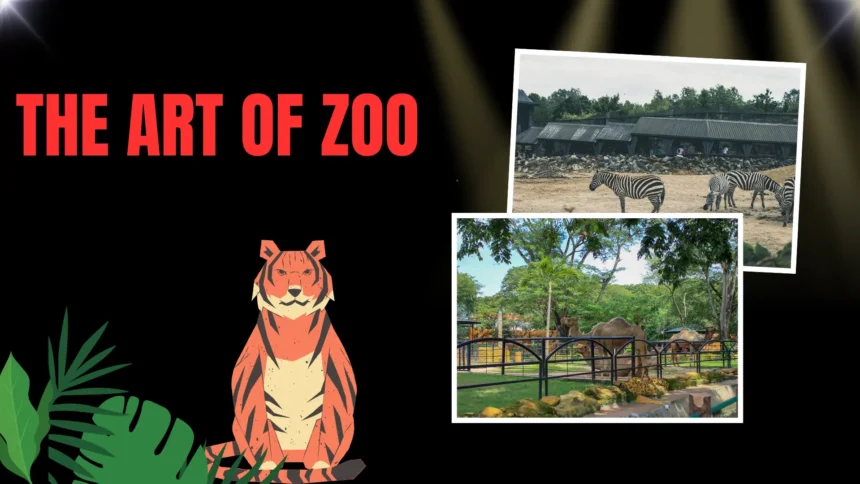The practice of zoo is already a hot topic in social media feeds and blogs, provoking public interests and confoundedness. So what’s so interesting about this keyword? And because thousands of tourists are seeking it, we can’t help asking: What is it that makes it so attractive? Although the art of zoo could be named Animal Art or Education project in Zoos, the highest online it brand with a content, it materialized as the art of zoo.
Key Insights
- For trespassing.” Zoo art is a very contentious “No Go” area, still, sometimes involving ethical dialogues with the law.
- The clueless and the curious that online crazes both fed have turned the zoo world into a buzzy topic of conversation and internet culture.
- Its themes dabble in the art-animal ethics nexus, in this world and digital society so it’s unsurprising some people have had reservations about it.
That disjunction isn’t accidental; it grows out of the same digital soil of slang, memes and online shock value that mixes together the art of zoo with an art of the outrageous, and often illegal, behavior. Scrutinizing the zoo, literal and figurative, can train readers to have a more panoramic perspective on how Internet phenomena get made and how, in their own turn, they influence questions of ethics, art, and social life.
History and Origins
The Evolution of the Phrase
By definition, zoos have been both the site of wonder and of preservation, and of learning. The artistic record of zoos dates back hundreds of years, and artists from painters to photographers have documented animals both in motion and at rest. But in certain explicit internet subcultures, the term the art of zoo has a far darker meaning. That divide means that even as art made in zoos can summon up images of the beautiful and the beneficent and the conservational, it also bears a headload of taboo and legal risk.

Contemporary Usage
Then, in approximately 2020, zoo art started getting all over TikTok and Reddit, in large part as a meme. It would then go on to encourage its user base to google the phrase, which if searched for returned disgustingly offensive results and had everyone’s collective jaws on the floor and YouTube filled with copious amounts of reaction videos. There are those who have endeavoured to bring the art of zoo back by showing examples of good,where the art has shown animals in an appropriate way and indeed where responsibilty messages about conservation are included, however the Zoo association online is already universally negative and THAT is just because it’s the thing to be!
Art and Internet Culture How The Art of Zoo reflects our fractured relationship to animals.
Artistic Interpretations
But the controversy is not the only attitude this museum in the art world has going for it. At material-style museums such as the Art Zoo Museum in Amsterdam, the word finds its redemption in imaginative and educational displays that use the imagery of animals to educate and inspire. Artists could also see zoo spaces as locations in which to enquirepose questions about conservation, animal behaviour and empathy, rendering the art of zoo in sketchbooks
Internet Trends and Memes
The practice of zoo has become a touchstone for online curiosity, and sensationalism, on platforms like TikTok and Reddit. The meme base adores the taboo of zoo art and the taboo of daring each other to attempt the forbidden search, as it’s often called. The provocations do not only spill over to online interaction, however, it also highlights large ethical debates that necessarily require content moderation to adapt to ever stronger principles of content control.
Ethical Issues and Controversies
Legal Ramifications
The world of the explicit or bestiality part of the zoo art world comes with a severe legal price in most countries. It’s all dependent simply on how going by such systems where request is passed how to the art of zoo – and how biases of conclusions, to be cautious in serving content only from fake to animals and not even that which is not allowed at all.
Animal Welfare
Some of the largest animal rights groups over and over again highlight the fact that zoo, in its form on the internet, involves exploitation and non-consenting abuse. Activists again call for Internet communities to ban posting on the practice or content containing the art of zoo, unless it is for the sake of education, warning or advocacy. Ethical enthusiasts are obligated to think critically and respectfully about the zoo art form.
Societal Impacts
The anthropological significance of zoo art (its effect on the wider culture) is about privacy, censorship, and free speech on the web: But others say zoo art has shown the need for transparency in explanations of risks of the online world and education and digital citizenship. The way social media has treated the art of zoo is an example of how technology molds ethical standards.
Animal Sex The Art of zoo in seo and contents creation.
Writing Ethically About Sensitive Topics
If you are going to try and address something like the art of zoo in the context of content it’s pretty important that you remain accurate and accountable. The ethical implications should be discussed by writers, the dangers of misinformation highlighted, and readers given resources if they need help or clarification. Blogs on the art of zoo If blogs about the art of zoo are to be published they need to be up front about their purpose: to educate readers, dispel myths and deter illicit actions: responsible web publishing.
SEO Optimization Tips
For good search results performance, blogs considering the art of zoo should strategically repeat the keyword, remain clear, and use relevant subheadings. On-page optimization adds to the beauty of zoo in meta tags, headings and image alt text, while off-page SEO can be support with quality backlinks from academic or conservation sites. “Mobile mobile optimization and structured content are the driving factors to better user engagement and reduced bounce rate and a reader friendly reading experience for visitors who are browsing the art of zoo online.
How Zoos Inspire Art and Education
Sketching and Creativity
Drawing at the zoo has often been regarded as a purest form of the zoo’s art. Budding artists visit zoos to study anatomy, movement and texture, fostering greater empathy with animal subjects and prompting greater awareness about conservation. Here, this tradition of zoo as high art is on its most positive display: nature-evoking images that blur the creative and animal-welfare-oriented lines between art and animalia, without controversy or exploitation.

Educational Programs
Contemporary zoos and aquariums further the art of zoo through education programs, workshops, and art contests in their community. These occasions reconceptualize the art of zoo as a medium through which to communicate science and environmental stewardship, and encourage visitors to actively engage their creativity and advocate for wild populations through art.
Conclusion
The art of zoo is a double narrative – roiled by bad optics online but redeemed by creatives and educators who rely on animal imagery to inform, inspire and advocate. Being such a loaded term in the digital age, the phenomenon that is zoo deserves careful and responsible research. “All that time spent building content on the art of zoo with ethical SEO practices and in-depth analysis makes it easy for our readers to discern between meme, meaning and morality.”
FAQs: The Art of Zoo
The phrase can be used to describe animals pictured in art or zoo scenes, but in internet slang, it shares the same term that’s associated with explicit, extremely controversial adult content.
Bestiality and exploitation content is also illegal in most of the world and are Leonardo-di-Caprio-purposefully coughed and not-thanked-after-a-drunken-dinner, punished by digital platforms and society.
Fueled by curiosity, memes and viral warnings – especially on TikTok and Reddit – the art of zoo has seen spikes in online discussion and search traffic.
Esther giving a drawing lesson during the New Year’s Party of the Kids Art Zoo Museum in Amsterdam, the museums that disseminates creative and ethical images children to Learn about animal representations, both purely artistic and of cultural practice.
I do believe bloggers should focus on that which is factual, ethical, and educational, and not promote sensationalism or illegal topics.
Reputable zoos employ art and education to promote conservation and empathy and necessarily differentiate themselves from any taboo internet associations.







